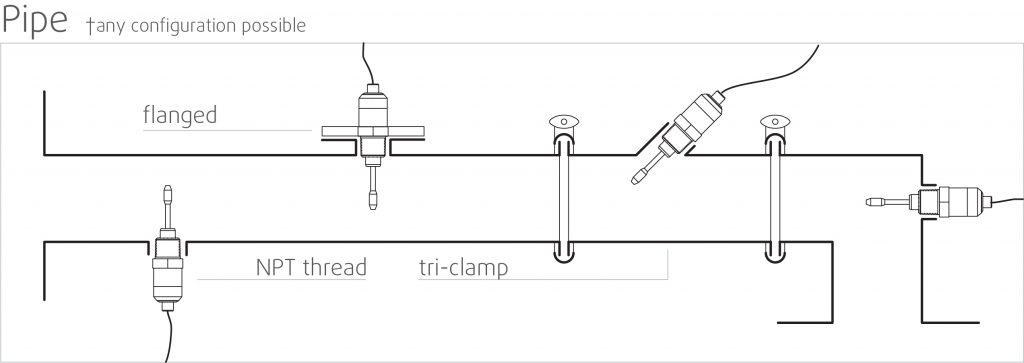
One millipascal second (mPa) is a centipoise. In the CGS system of units, a unit of dynamic viscosity is used.
#Standard viscosity of water in pa s plus#
For instance, plus or minus one standard deviation of the mean you calculated (for example, 6 ☒) signifies that if you repeated the measurements, then there is a 67% chance that the average would be within one standard deviation of your previous average. You can use standard deviation as a measurement of the certainty of the average of your set of measurements. A simple statistical test called the standard deviation (usually abbreviated s) is available on most scientific hand calculators. Statistical analysis can also be used to quantify the variance in the measurements. The histogram will give you a good idea of the spread in the measurements.Įxtension: Calculating the standard deviation Next, use the graph to make a "Viscosity Histogram" by making the heights of the bars correspond to the number of measurements in that category. You can then adjust the ranges to be even intervals (for example, 1-1.9 Pa s 2-2.9 Pa s etc.). To figure out what those ranges should be, start by determining the total range in your measurements (subtract the lowest from the highest) and divide by some number between 5 and 10 try 7 or 8. To do that, make categories corresponding to ranges in viscosities. We can show the uncertainty in the measurement by making a histogram of the results. That is, how well do we know the viscosity you measured?Ģ. The spread gives an idea of the uncertainty in the measurement. Having a spread in the data always happens in scientific measurements. Note the range in the measured viscosities. Compare your results with another team's on the same liquid, but with a different type of sphere. How does the viscosity of your liquid compare to the viscosities of water (0.001 Pa s), pahoehoe lava (100 - 1,000 Pa s), and to sticky andesite which makes up stratovolcanoes (10E6 - 10E7 Pa s)?ġ4. Average your results for each experiment.ġ3. Now calculate the viscosity from this equation:ĭelta p = difference in density between the sphere and the liquidġ2. Enter the velocity values into the data table.ġ1. When you have made all 20 measurements, calculate the velocity at which the ballįell from this equation: velocity = distance/time. You can use either the top or the bottom of the tape, but use the same points you used for the distance measurement.ġ0. The timer begins timing when the ball crosses the start line and ends it when it crosses the end line. The timer says "Go," and his or her teammate drops the ball. Another should get ready to measure the time of fall with a stop watch. One team member should hold a sphere just touching the liquid. Measure the distance between the starting and ending points, and enter the answer in the data table as "Fall distance."Ĩ. Mark an ending point about 5 cm from the bottom.ħ. You can use either the top or the bottom of the tape, but use the same points for each measurement you make when you drop the spheres (step 8).Ħ. Mark with tape a convenient starting point about 2 cm below the surface of the liquid (which will allow the sphere to reach terminal velocity before you begin making measurements). Fill a cylinder with a liquid, up to about 5 cm from the top.ĥ. Enter the density of the liquid you are using (about 920 kg/m 3 for oils, 1000 for shampoos) at the top of the data table as "Fluid density."Ĥ.

Enter the value at the top of the data table.ģ. Determine the density of a sphere by measuring its mass and calculating its volume.

Enter the data for these materials into the Viscosity "Data Table." If necessary, measure the radius of the sphere (hint: it is easier to measure the diameter and divide by two).Ģ. Choose the spheres and liquids to use for this activity. To determine how fluid a liquid really is by measuring its viscosity.ġ. Activity: Viscosity Hawai'i Space Grant Consortium, Hawai'i Institute of Geophysics and Planetology, University of Hawai'i, 1996


 0 kommentar(er)
0 kommentar(er)
